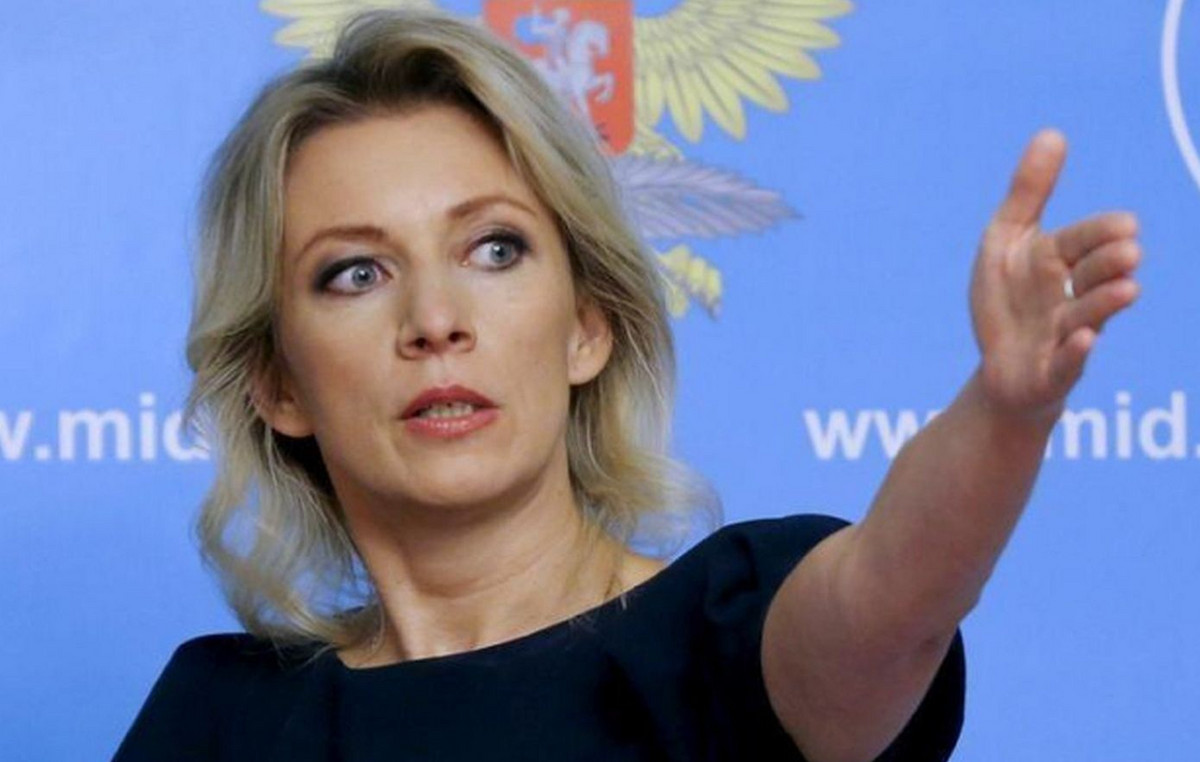- EUR/USD maintains its position as the US dollar continues its downward correction.
- The US dollar’s decline appears to be limited due to the reduced chances of an imminent Fed rate cut.
- ECB President Christine Lagarde declared that Europe should pool its resources in areas such as defense and climate.
EUR/USD remains stable with a positive bias, hovering around 1.0600 during Asian trading hours on Tuesday. The bullish sentiment around the pair is likely due to a softer US Dollar (USD) as profit-taking follows its recent rally.
However, downside risk to the US dollar appears limited as Federal Reserve (Fed) Chairman Jerome Powell tempered expectations for immediate rate cuts. Powell highlighted the economy’s resilience, a strong labor market and persistent inflation pressures, stating, “The economy is not sending signals that we need to rush to lower rates.” Investors are now looking for more guidance from Fed officials later this week on the future path of US interest rates.
Additionally, the dollar could appreciate further as investors anticipate that the incoming Trump administration will prioritize tax cuts and impose higher tariffs. These measures could boost inflation, potentially slowing the pace of the Fed’s rate cuts.
European Central Bank (ECB) President Christine Lagarde declared on Monday that Europe should consolidate its resources in areas such as defense and climate, as its productivity growth stagnates and the world increasingly fragments into competing blocs. .
ECB President Lagarde highlighted that Europe is lagging behind in innovation and productivity compared to the US and China. According to Bloomberg, the lack of a unified digital market and insufficient venture capital investment are significant barriers to technological advancement in the region.
Traders are now focusing on the upcoming October Harmonized Index of Consumer Prices (HICP) data for the eurozone, due to be released on Tuesday. Attention will then shift to US building permits and housing starts data later in the North American session.
The Euro FAQs
The Euro is the currency of the 19 countries of the European Union that belong to the eurozone. It is the second most traded currency in the world, behind the US dollar. In 2022, it accounted for 31% of all foreign exchange transactions, with an average daily turnover of more than $2.2 trillion per day. EUR/USD is the most traded currency pair in the world, accounting for an estimated 30% of all transactions, followed by EUR/JPY (4%), EUR/GBP (3%) and EUR/AUD (2 %).
The European Central Bank (ECB), headquartered in Frankfurt, Germany, is the reserve bank of the eurozone. The ECB sets interest rates and manages monetary policy. The ECB’s primary mandate is to maintain price stability, which means controlling inflation or stimulating growth. Its main tool is the increase or decrease in interest rates. Relatively high interest rates (or the expectation of higher rates) tend to benefit the euro and vice versa. The Governing Council of the ECB makes decisions on monetary policy at meetings held eight times a year. Decisions are made by the directors of the Eurozone’s national banks and six permanent members, including ECB President Christine Lagarde.
Eurozone inflation data, measured by the Harmonized Index of Consumer Prices (HICP), are an important econometric indicator for the euro. If inflation rises more than expected, especially if it exceeds the ECB’s 2% target, it forces the ECB to raise interest rates to bring it back under control. Relatively high interest rates compared to their counterparts tend to benefit the euro, making the region more attractive as a place for global investors to park their money.
The published data measures the health of the economy and may have an impact on the euro. Indicators such as GDP, manufacturing and services PMIs, employment and consumer confidence surveys can influence the direction of the single currency. A strong economy is good for the Euro. Not only does it attract more foreign investment, but it may encourage the ECB to raise interest rates, which will directly strengthen the euro. Otherwise, if economic data is weak, the Euro is likely to fall. Economic data for the four largest eurozone economies (Germany, France, Italy and Spain) are especially significant, as they represent 75% of the eurozone economy.
Another important data that is published about the Euro is the trade balance. This indicator measures the difference between what a country earns from its exports and what it spends on imports during a given period. If a country produces highly in-demand export products, its currency will gain value simply from the additional demand created by foreign buyers seeking to purchase those goods. Therefore, a positive net trade balance strengthens a currency and vice versa in the case of a negative balance.
Source: Fx Street
I am Joshua Winder, a senior-level journalist and editor at World Stock Market. I specialize in covering news related to the stock market and economic trends. With more than 8 years of experience in this field, I have become an expert in financial reporting.







